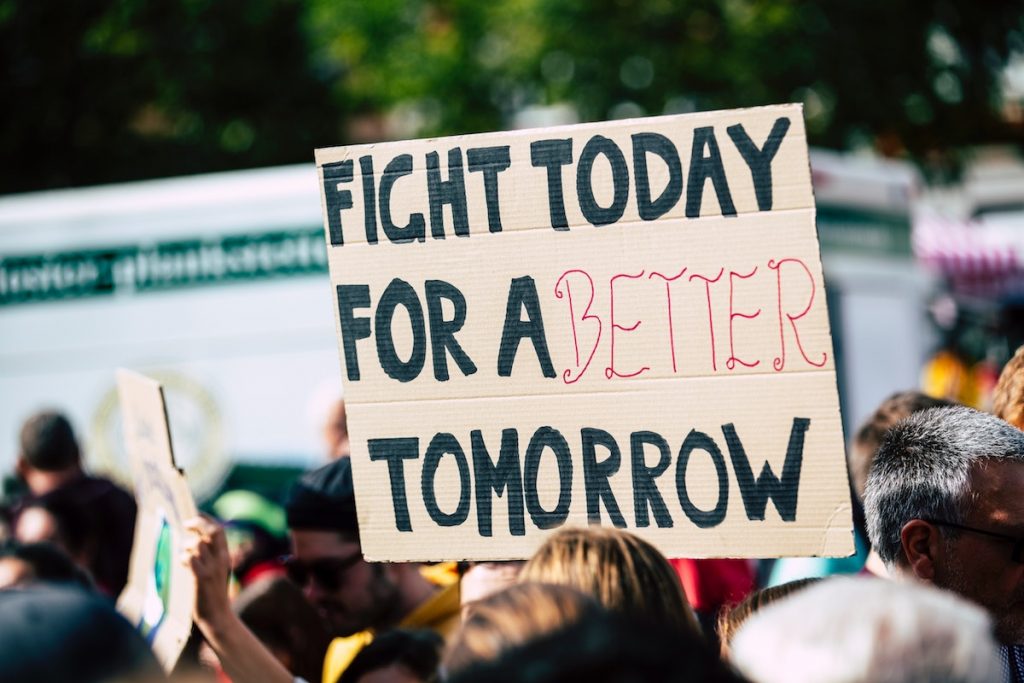
f you care about something deeply enough you will feel compelled to do something about it. But sometimes your cause will require action that is a little more aggressive than usual. This does not mean that you have to resort to violence; instead, it means that you should find a more visible way of making your concerns known, like through a protest march.
The first step is to figure out whether you are going to be vocal about it (shout it out) or be silent and let other measures do the talking (e.g. sit in’s, placards, etc.)
The next step is to set the stage for the march. This involves educating the people about the issue. The more they know about it, the more they will take note of the march when it actually happens. This will also ensure that the message gets spread exponentially, because the education process will get people talking. Talk to all media channels (e.g. TV, Radio, Newspaper etc.) that are available in you city and try to get them to participate in spreading the message.
visibility is key. A park, busy city center etc. are great places to stage the protest. However, if a specific location is connected to your protest then use that because it will be more effective (e.g. the beach – if combating sea pollution is your cause).

Let figureheads do the main talking. Celebrities who support your cause or city councilors should be the key speakers at the protest. They are likely to be given more attention by the public at large as well as the media. The leaders of the protest should focus more on pepping up the protesters.
Stay legal. Ensure that all aspects of the protest are cleared with local law enforcement authorities. You should also assign key figures to control the protesters on the day of the protest to avoid incidents. Decide with your key co-protesters on how any disruptive behavior from your fellow protesters will be handled and communicate this to them on the day of the march.





